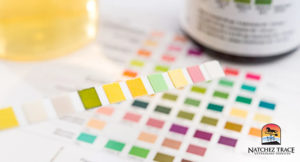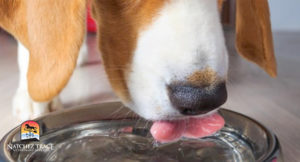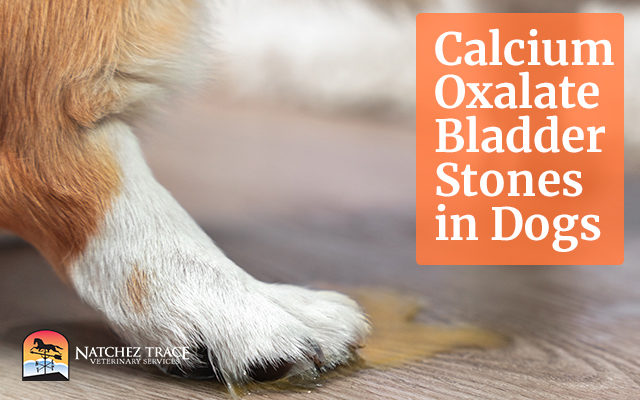Your dog is urinating blood, whining, and trying to pee on every bush in your front yard. Bladder stones in dogs are the last thing that comes into your mind when this happens.
Oh well, it’s probably a UTI, you think. Or is he just having a bad day? You hope it all just goes away.
Well, lots of times, if it is just a UTI, it will go away.
If bladder stones are responsible, these symptoms won’t just “disappear.”
Bladder stones in dogs are complicated.
Many types develop for many different reasons.
Let’s fast forward and say the diagnosis is bladder stones in dogs, and the stones were surgically removed.
Now, not all stones have to be removed surgically, but for the sake of this article, let’s pretend they are.
After removal, these stones should be sent to the Minnesota Urolith Center for identification.
This is mandatory!
If you don’t know the type of stone, then you don’t know how to prevent the recurrence.
For the latest research on the different types of stones and treatments, check out the Minnesota Urolith Center. This is the lab where I send stones for analysis.
Let’s pretend the stone was identified as a Calcium Oxalate bladder stone.
Unfortunately, Calcium oxalate bladder stones in dogs are prevalent.
We see them frequently in dogs of all ages, breeds, and sizes; however, the typical patient is often a male small-breed dog (Shih Tzus, Toy Poodles, Schnauzers, and Yorkies) around the age of five.
These stones occur in males about three times as often as in females.
Can You Truly Prevent Calcium Oxalate Bladder Stones in Dogs? Maybe.
Unfortunately, bladder stones in dogs commonly repeat within three years.
You will get hundreds of recommendations on preventing these stones from returning.
The following is what I recommend after surgical removal
Monitoring
- Urinary pH: Urinary pH should be 6.5-7.5; purchase strips at a drugstore
- Bloodwork: Blood chemistry should be tested once yearly to monitor calcium.
- X-Ray: X-ray the bladder once yearly to look for recurrence
Western Medicines
There are multiple Western Medicine options:
- Potassium or Calcium Citrate: People debate which is better, but there really is no difference.
- Vitamin B6 tablets
- PSGAG injection: If dogs concurrently have arthritis, I recommend this therapy. Why? Many believe that PSGAG prohibits minerals from sticking to the bladder wall.
Herbals
I also recommend one or the other:
- Crystal Stone Formula by Jing Tang Herbal
- Lysimachia-3
More Water, More Potty Breaks, More Wet Food
- Increase water consumption! This is vitally important. Have fresh distilled water available, set out multiple water bowls, and add flavoring agents. Some dogs like tuna, beef, or peppermint flavoring. Adding salt to the diet is controversial, and I would not recommend it.

- Multiple bathroom breaks!
- Dietary change. Feed a prescription veterinary diet for CaOx uroliths, a specialty pet food, or a homemade diet.
- If you feed a homemade diet, I advise having a veterinarian develop the diet. Pulling a diet off the internet is not advisable! Keep dietary oxalates low. Most premium pet foods are low in oxalates.
- Do not feed a kibble-based diet. My belief is kibble-based diets keep dogs slightly dehydrated (1%-2%), and this leads to concentrated urine and, thus, concentrated urinary minerals.
- Feed canned food (especially to a small dog). If you must feed kibble, add water to the food and heat it before serving.
Learn More About How to Help Your Dog’s Bladder & Kidney Stone Health Challenges







